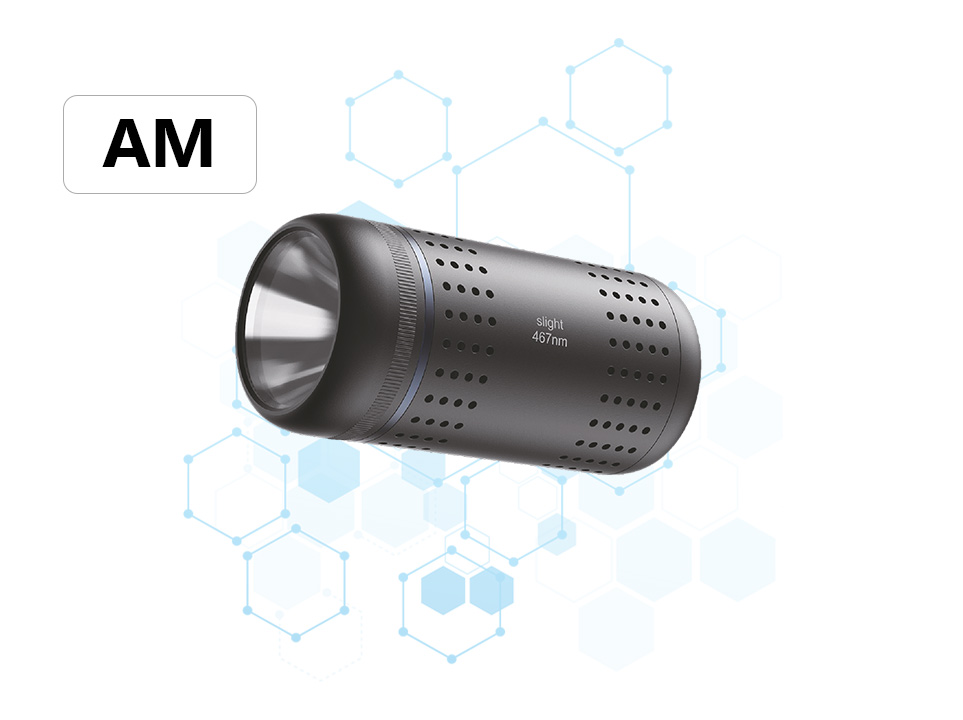The working principle and product characteristics of a 10-port deep UV light reactor
The working principle and product characteristics of a 10-port deep UV light reactor can be summarized as follows:
I. Working Principle
The working principle of a deep UV light reactor is primarily based on deep UV photochemistry. Deep UV light refers to ultraviolet light with a wavelength below 200nm, possessing high photon energy. When deep UV light irradiates reactants, the photon energy is absorbed by the reactant molecules, causing them to transition from the ground state to an excited state, forming unstable excited molecules. These excited molecules return to the ground state by releasing energy, which may initiate or accelerate various types of chemical reactions, including photolysis, photooxidation, photoreduction, and more.
The 10-port deep UV light reactor employs specific light sources (such as deep UV lasers or deep UV LEDs) to generate deep UV light and is equipped with 10 reaction ports, allowing for the simultaneous processing of multiple samples or reactants. The reactor interior is typically designed with microchannels or reaction chambers to ensure that reactants receive adequate exposure to deep UV light and achieve efficient photochemical reactions.
II. Product Characteristics
Efficient Photochemical Reaction: Utilizing high-energy deep UV light, the microchannel reactor achieves efficient photochemical reactions. Deep UV light can penetrate the surface of materials, reaching deep into their interiors and interacting with molecular substances, thereby initiating or accelerating chemical reactions.
Multi-port Design: With 10 reaction ports, the reactor can simultaneously process multiple samples or reactants, enhancing work efficiency and experimental throughput.
Precise Control of Reaction Conditions: The reactor is usually equipped with an advanced control system that precisely controls reaction conditions such as temperature, pressure, and light intensity to ensure that reactions proceed as expected and improve product purity and yield.
High Optical Transparency: The reactor interior is made of highly transparent materials to ensure that deep UV light can penetrate and irradiate reactants without obstruction.
No Need for Expensive Photocatalysts: Compared to some traditional photochemical reactors, deep UV light reactors do not require the use of expensive photocatalysts, reducing experimental costs.
Wide Range of Applications: Widely used in pharmaceuticals, pesticides, food additives, organic chemistry synthesis, environmental protection (such as wastewater treatment), chemical analysis, and life sciences.
In summary, the 10-port deep UV light reactor is characterized by its efficiency, multi-port design, precise control of reaction conditions, high optical transparency, elimination of the need for expensive photocatalysts, and diverse applications.





